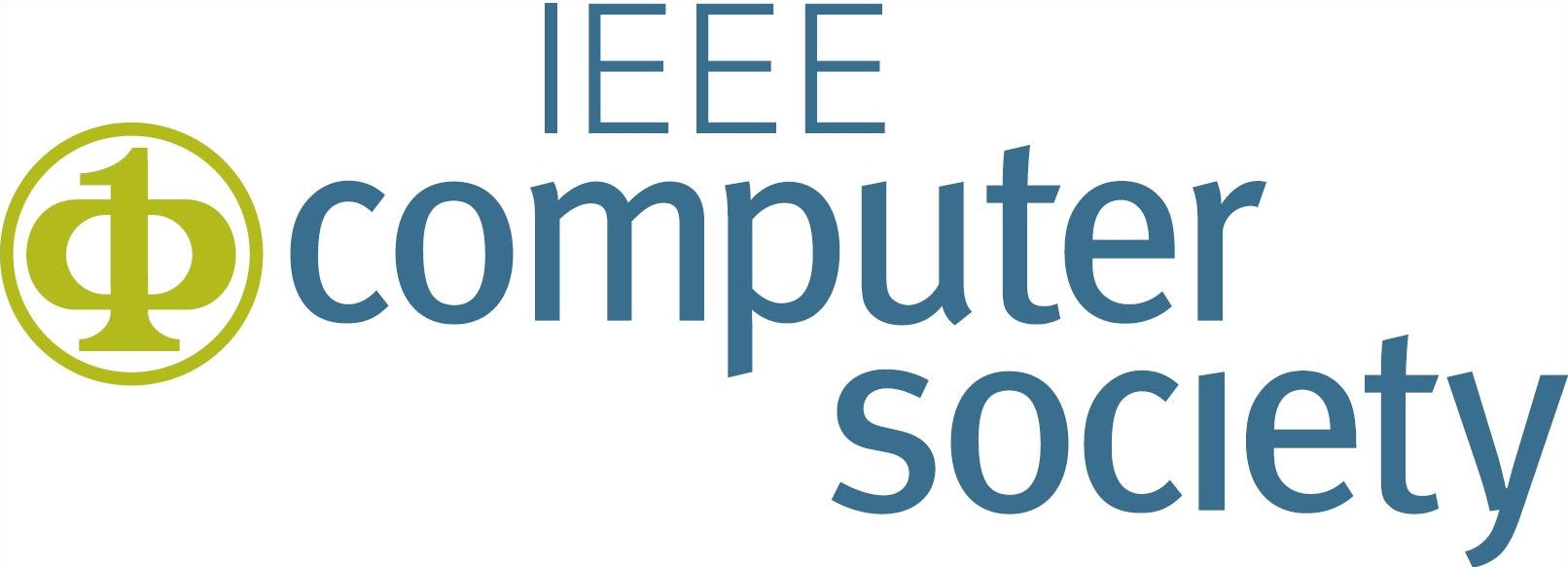





Addressing the Occlusion Problem in Augmented Reality Environments with Phantom Hollow Objects
Jesús Gimeno, Sergio Casas, Cristina Portalés, and Marcos Fernández.
Addressing the occlusion problem in augmented reality environments with phantom hollow objects.
In Adjunct Proceedings of the IEEE International Symposium for Mixed and Augmented Reality 2018 (To appear). 2018.
[BibTeX▼]
Abstract
Occlusion handling is essential to provide a seamless integration of virtual and real objects in AR applications. Different approaches have been presented with a variety of technologies; environment conditions and methods. Among these methods; 3D model-based occlusion approaches have been extensively used. However; these solutions could be too time-consuming in certain situations; since they must render all the occlusion objects even though they are invisible. For this reason; we propose an inverse 3D model-based solution for handling occlusions; designed for those AR applications in which virtual objects are placed inside a real opaque object with holes or windows. With this restriction; the occlusion problem could be solved by rendering the geometry of transparent/hollow objects instead of rendering the opaque geometry. The method has been tested in a real case study with an augmented car in which the virtual content is shown in the interior of the vehicle. Results show that our method outperforms the traditional method; proving that this approach is an efficient option for solving the occlusion problem in certain AR applications.

















